1. Affordable public transport is life-changing and a powerful tool against the climate crisis
Transport accounts for around 15% of global greenhouse gas (GHG) emissions and it is estimated to account for almost a quarter of GHG emissions in the European Union. Improving our public transport systems is essential not just for climate, but for connecting people to opportunities they are currently denied. Mobility justice is climate justice.
In many cities, public transport is a lifeline for low-income communities. The costs of transport and the burden it puts on households is significant: on average, transport accounts for almost 15% of a household's budget in the European Union, and an average of 16% in the US.
The cost of transport can have a huge impact on climate, air pollution, health and quality of life. High ticket prices may discourage people from using public transit, leading to more cars on the road, increased traffic congestion, and higher greenhouse gas emissions.
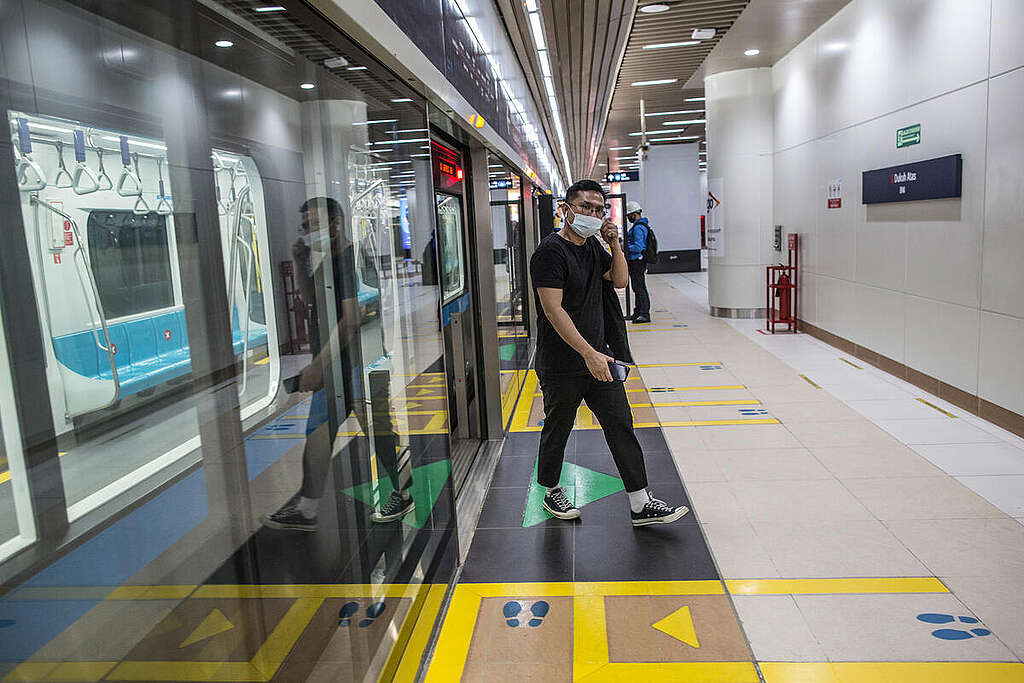
This is why we have followed the "climate tickets" initiatives with great interest, Austria's Klimaticket or the Deutschlandticket in Germany, for example, have been introduced recently to encourage public transport use and reduce climate emissions.
In the summer of 2022, Germany drastically reduced transport prices, with a monthly ticket costing only €9. Over the first three months of this experiment, an estimated 10 per cent of summer train journeys replaced trips that would have been made by car, a survey from Deutsche Bahn and the Association of German Transport Companies found. The effect on emissions was roughly equivalent to taking 1.5 million cars off the road.
Climate tickets' save energy, money, greenhouse gas emissions, time - and people love them.
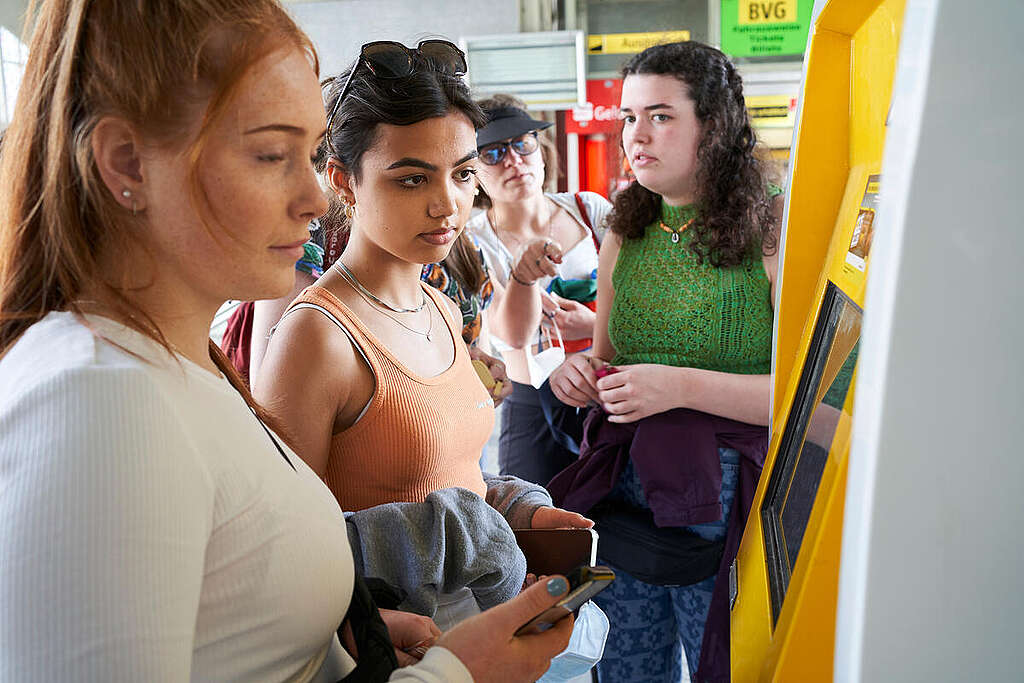
This is also why we need to change an absurd system that continues to favour air travel over rail: a few weeks ago, we released an analysis showing that train travel is twice as expensive as the polluting flight for the same trip in Europe.
Of course, making transport more affordable is just one of the steps we need to take; the quality and reach of the services also needs to improve.
2. Affordable public transport is essential for social equity
Transport affordability challenges have been intensified due to the increase in energy prices and the global cost of living crisis. In the worst cases, rising costs of diesel and petrol have created what has been called a "double energy vulnerability" where rising transport costs are making it harder for families already struggling to meet their heating, cooking and lighting needs.
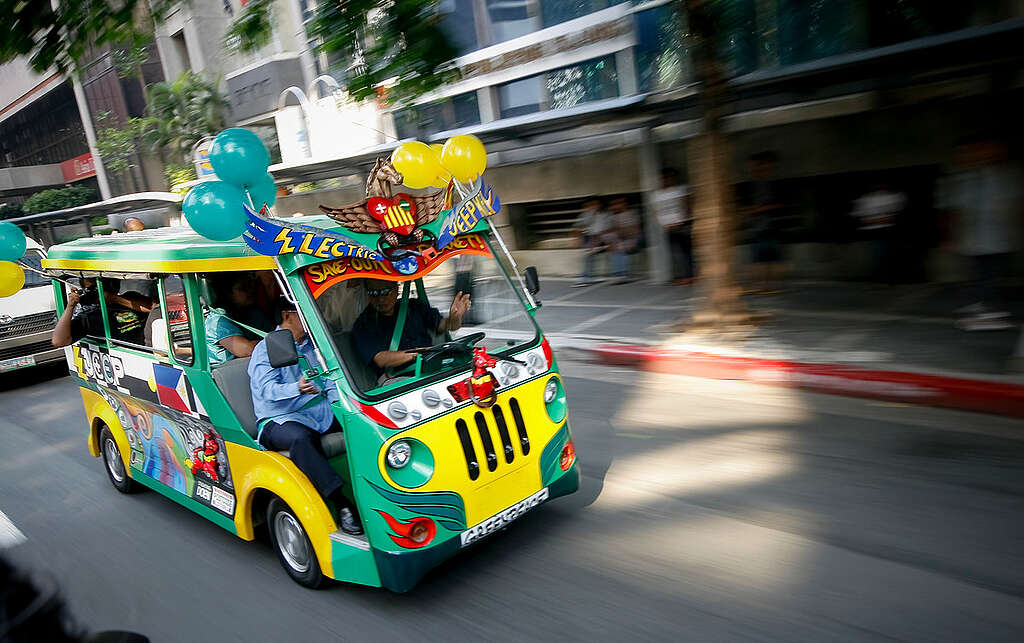
Fare increases and high costs can disproportionately affect marginalized communities. In Brazil, research by the ITDP showed that Black, Brown and low-income Brazilians pay higher fares, use more overcrowded buses and trains, and have fewer transport options available to help them reach essential destinations.
3. We won't make transport accessible, without addressing inequalities and violence against women
Women, on average, use public transportation more than men and are more reliant on it. This can mean women are more impacted by public transport costs and investment, than men.
But concerns around safety can increase costs for women and LGBTQIA+ people. They may decide to pay additional (hidden) transport costs in order to ensure they can travel more safely, for example using taxis or taking less direct routes on public transport. A study at New York University's Rudin Center named this a 'pink tax'; women interviewed were spending an average of $26-50 more per month than men to get around the city in safety.
Safety on and around public transport is a huge issue for women and LGBTQIA+ communities. It can make transport less accessible and restrict opportunities. Researchers found that, on average, women feel 10% more unsafe than men while travelling on metro systems, and 6% less safe on buses.
India, for example, has made some progress in tackling the issue of gender equality. Following a Greenpeace India campaign, the newly elected Government of Karnataka recently introduced fare-free buses for women across the State with the aim of increasing employment opportunities for women.
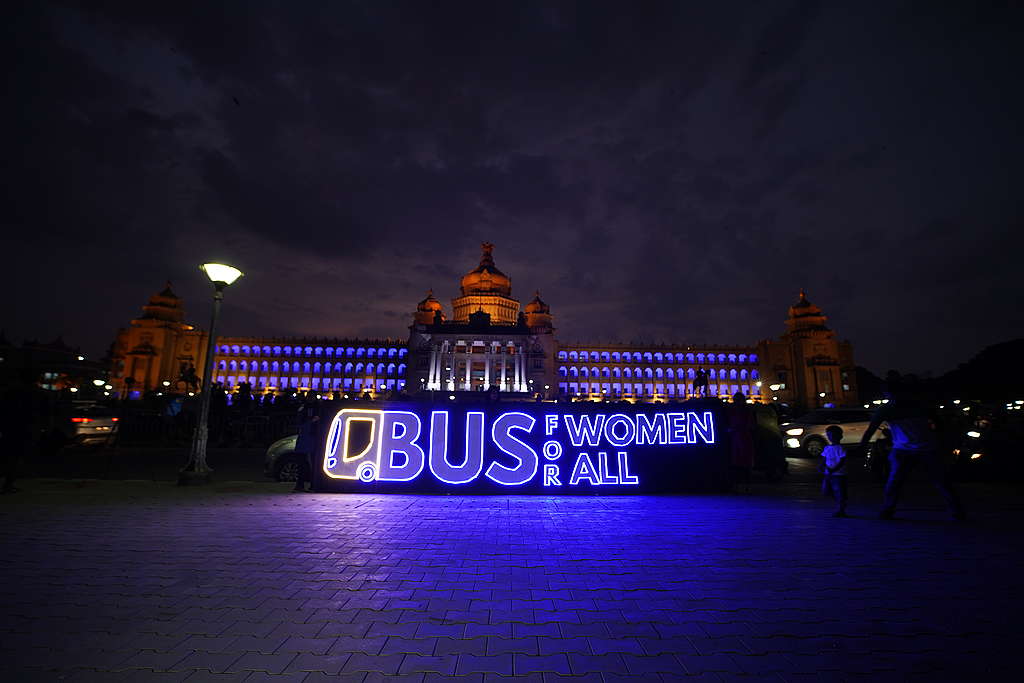
Women's participation in the workforce is low in India, with women representing 32.8% of the workforce, as compared with an estimated 38% in Bangladesh. The Government is reported to have said the free buses for women in Karnataka led to a 23% increase in bus passengers, in the first 2 weeks. The success of this scheme, and others across India, shows the huge economic benefits if the mobility needs of women are addressed.
4. Accessible public transport is vital for 1 in 6 people worldwide experiencing significant disability
An estimated 1.3 billion people experience significant disability. This represents 16% of the world's population or 1 in 6 of us, making accessibility in public transport a significant global issue.
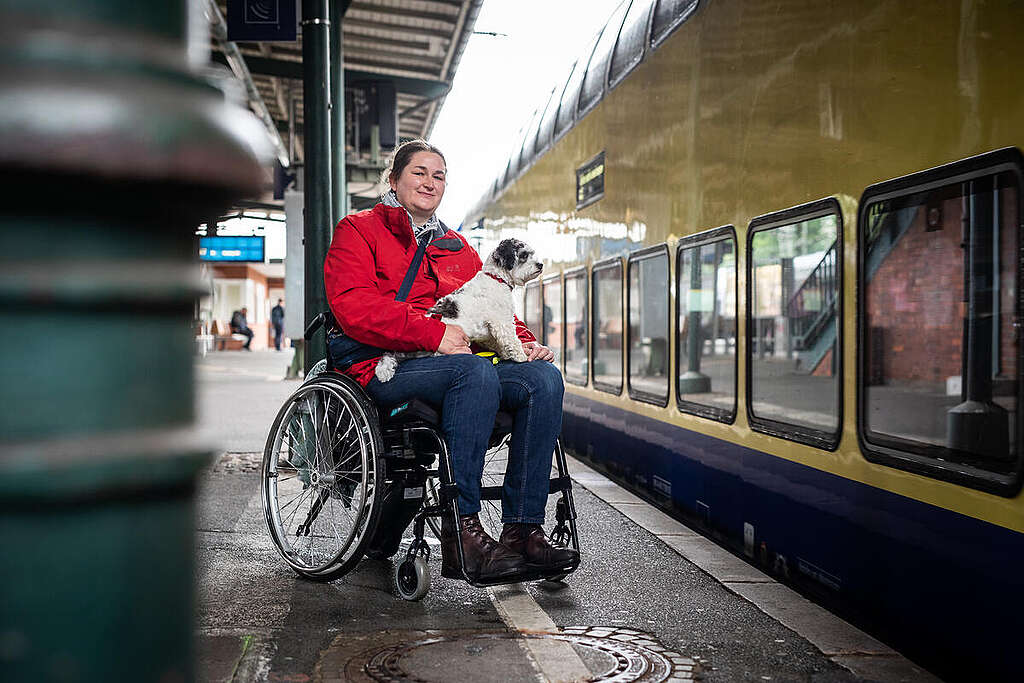
London is often cited as a model for accessible public transport. A third of London tube stations are step-free, and all London buses are wheelchair-accessible. However, much remains to be done to ensure that all stations in London and elsewhere are fully accessible to everyone.
Japan has also made recent efforts to improve accessibility. Tokyo, for instance, has a fleet of low-floor buses, and stations in major cities are being retrofitted for accessibility. In 2020, the Tokyo Paralympics showcased these improvements.
The COVID-19 pandemic highlighted the vulnerability of individuals with disabilities in using public transport. Safety measures, such as mask requirements and social distancing, posed additional challenges for some disabled passengers.
Improving transport accessibility for people living with disabilities is essential, for climate justice and mobility justice. A transport system that doesn't serve everyone will not be sustainable.
5. Rural areas also deserve quality public transport
In many rural areas around the world, people do not have access to public transport networks at all.
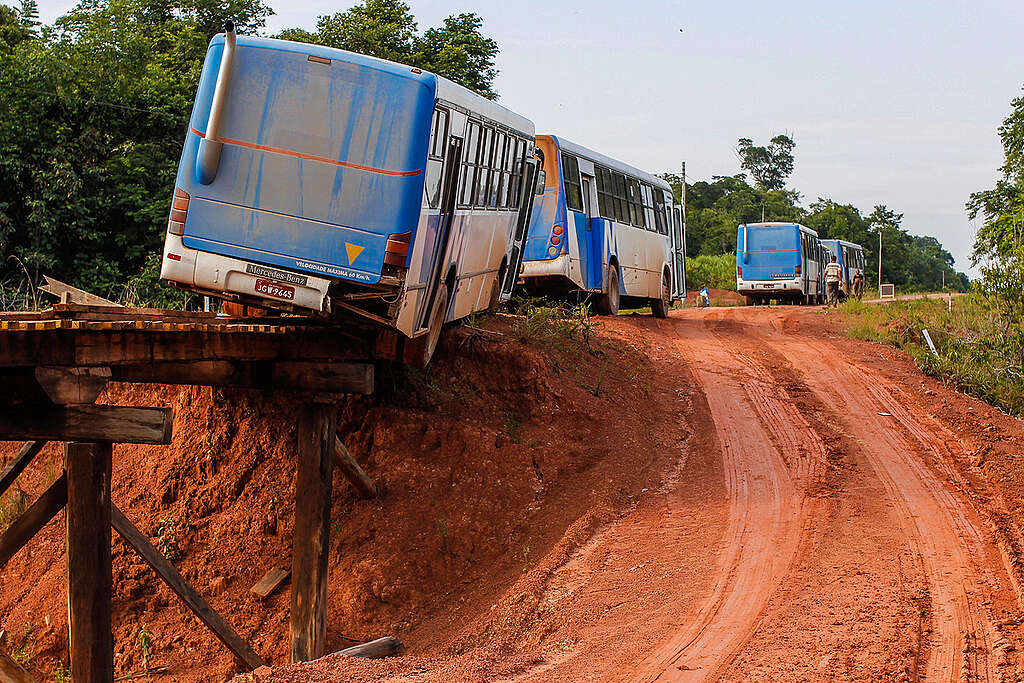
We know that, in many rural areas people pay more for public transport than their urban counterparts, and have longer travel times. Improving access to public transport networks in rural areas not only reduces climate emissions, but also connects people to key services, such as healthcare.
Improving public transport can reduce emissions, increase wages, create jobs, increase levels of physical activity, improve social connections and is associated with reduced loneliness.
Making public transport more accessible and affordable can have a profound impact on individuals, families, communities, and the environment by improving mobility, economic opportunities, health, and overall quality of life.
In around 40% of countries, transport is the largest energy consuming sector. These facts and figures show that making public transport affordable and accessible must be a priority for governments that claim to want to tackle the climate crisis and combat inequality.






